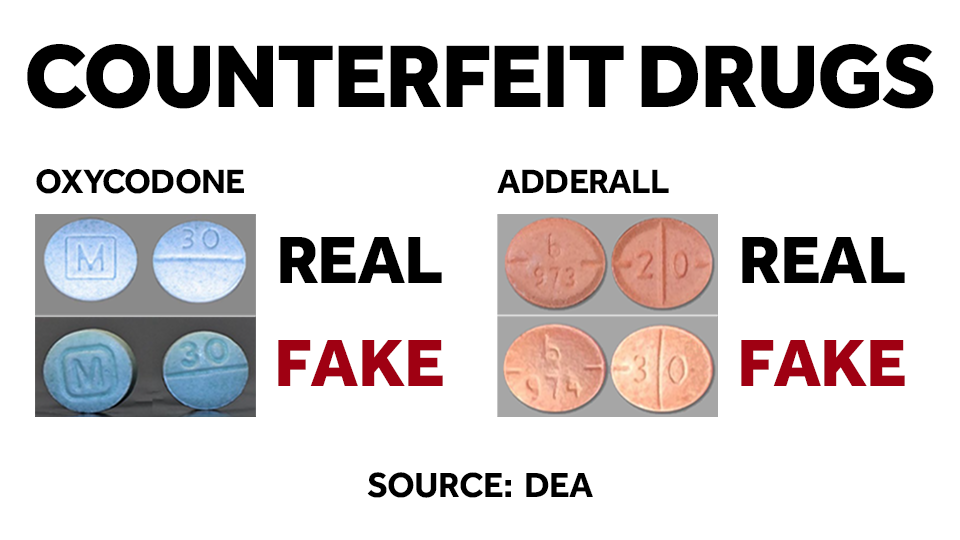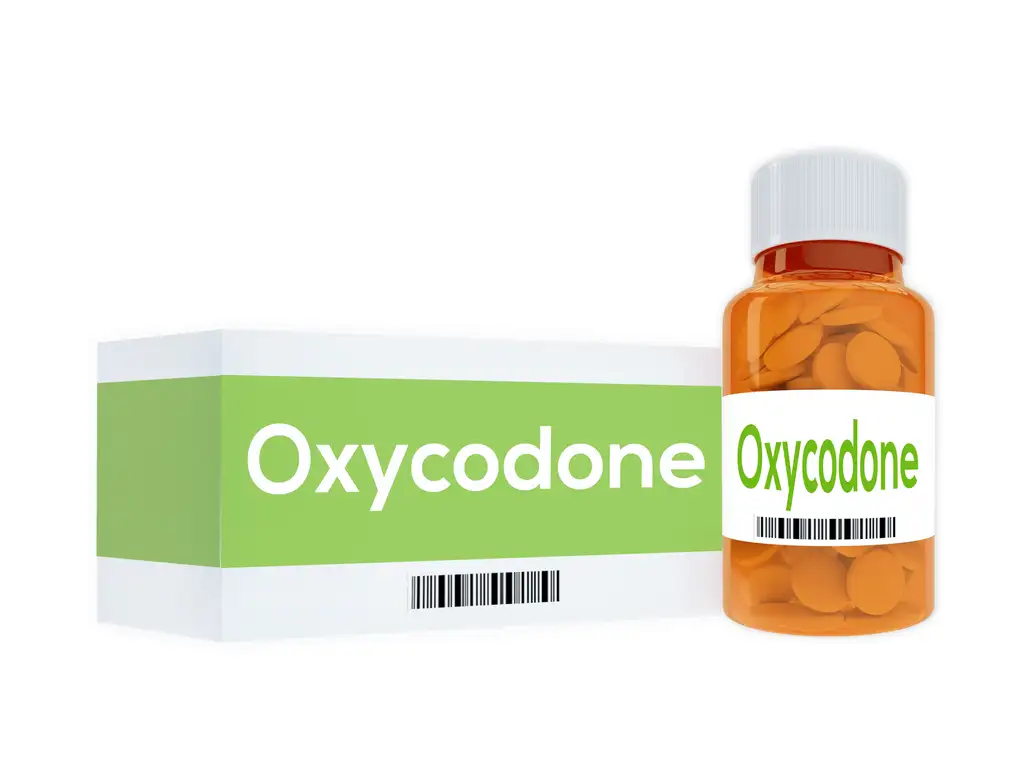Understanding the Different Sorts Of Oxycodone Formulations Available out there
In the realm of pain management, oxycodone stands as a powerful analgesic with different formulations customized to details demands. Comprehending the subtleties between immediate-release, extended-release, controlled-release, mix, and abuse-deterrent solutions is vital for health care providers and people alike. Each variant deals a distinct collection of advantages and considerations, influencing therapy efficacy and safety accounts. By diving right into the distinctive attributes of these oxycodone solutions, a more clear photo emerges regarding their viability for different medical scenarios.
Immediate-Release Oxycodone
Immediate-release oxycodone is a commonly prescribed opioid medicine often made use of to manage sharp pain. It comes from a course of medicines known as opioid analgesics, which work by binding to opioid receptors in the brain and spine cord, lowering the assumption of pain. This formulation of oxycodone is developed to give fast discomfort alleviation, typically within 15 to 30 mins of consumption, with peak effects happening within 1 to 2 hours.
Doctor might prescribe immediate-release oxycodone for problems such as post-operative pain, injuries, or various other short-term agonizing conditions. When taking immediate-release oxycodone to lessen the risk of side impacts and problems., it is vital for people to follow their health care provider's instructions meticulously.

Extended-Release Oxycodone
Provided the requirement for longer-lasting discomfort monitoring services in certain situations, Extended-Release Oxycodone supplies a sustained-release formula of the medicine for extended relief. This solution is developed to slowly release oxycodone right into the blood stream over an extensive duration, typically providing relief for as much as 12 hours per dosage. Extended-Release Oxycodone is frequently suggested for individuals requiring 24/7 discomfort management who can not accomplish ample alleviation with immediate-release formulas alone.
One of the crucial advantages of Extended-Release Oxycodone is its ability to preserve stable medicine levels in the body, decreasing the regularity of dosing compared to immediate-release solutions. This prolonged application interval can lead to improved convenience for patients and potentially far better pain control by lessening fluctuations in drug concentrations.
It is important to keep in mind that Extended-Release Oxycodone carries a high threat of misuse, misuse, and addiction, emphasizing the significance of rigorous adherence to the suggested dosing programs and close monitoring by health care suppliers. Individuals need to just utilize this formulation under the advice of a health care professional to minimize the threat of adverse impacts.
Controlled-Release Oxycodone
Exactly How does Controlled-Release Oxycodone differ from Extended-Release solutions in pain administration methods?

Compared to Extended-Release solutions, Controlled-Release Oxycodone might offer a more accurate and predictable launch of the medication. This can be useful for clients requiring constant discomfort administration without the changes that might take place with various other solutions. Furthermore, Controlled-Release Oxycodone might be favored in cases where an extra steady and regulated release of the medication is desired to handle persistent discomfort conditions effectively.
Oxycodone Combination Solutions
Oxycodone Mix Solutions incorporate oxycodone with other energetic components to enhance pain monitoring efficiency. By combining oxycodone with substances such as acetaminophen or pain killers, these formulations intend to offer a collaborating effect in soothing pain (Buy Oxycodone online). Acetaminophen, as an example, can enhance oxycodone's analgesic homes by targeting different discomfort pathways, potentially resulting in boosted pain alleviation
One typical oxycodone mix formula is Percocet, which blends oxycodone with acetaminophen. This combination is frequently suggested for modest to serious discomfort administration. An additional widely known solution is Endocet, which additionally integrates oxycodone with acetaminophen, using comparable advantages in pain control.
The addition of various other active ingredients in oxycodone combination solutions can also help in reducing the general opioid dose required for efficient discomfort alleviation, possibly minimizing the danger of adverse effects connected more tips here with greater opioid dosages. Nevertheless, it is essential for doctor to carefully evaluate each client's needs and clinical history before prescribing oxycodone combination formulations to make sure risk-free and effective discomfort management.
Abuse-Deterrent Oxycodone
Abuse-deterrent formulations of oxycodone have actually been created to assist minimize the risks related to opioid abuse and misuse. These formulations are developed to make it much more difficult to damage the medication for the purpose of misuse. They include particular innovations that hinder common techniques of abuse, such as squashing the tablets for snorting or infusing. By making it more difficult to change the drug's original type, abuse-deterrent oxycodone aims to check over here decrease the probability of abuse and addiction.
One usual approach used in abuse-deterrent formulations is the addition of physical barriers that avoid the tablets from being squashed or dissolved conveniently. Some formulas also consist of materials that generate an unpleasant result if the medicine is damaged, further discouraging misuse. While these formulations are not fail-safe and can not entirely remove the risk of abuse, they stand for a step onward in addressing the opioid epidemic by making it a lot more tough for individuals to misuse oxycodone.
Final Thought
Finally, it is necessary for healthcare professionals to understand the different kinds of oxycodone solutions available out there. Immediate-release, extended-release, controlled-release, combination formulations, and abuse-deterrent oxycodone each have their own distinct characteristics and indications. By being educated regarding these formulas, doctor can make educated decisions when suggesting oxycodone to patients, taking into account elements such as discomfort administration needs, prospective for misuse, and individual client risk aspects.
Extended-Release Oxycodone is often recommended for people calling for ongoing discomfort administration that can not accomplish ample relief with immediate-release solutions alone. - Buy Oxycodone online
